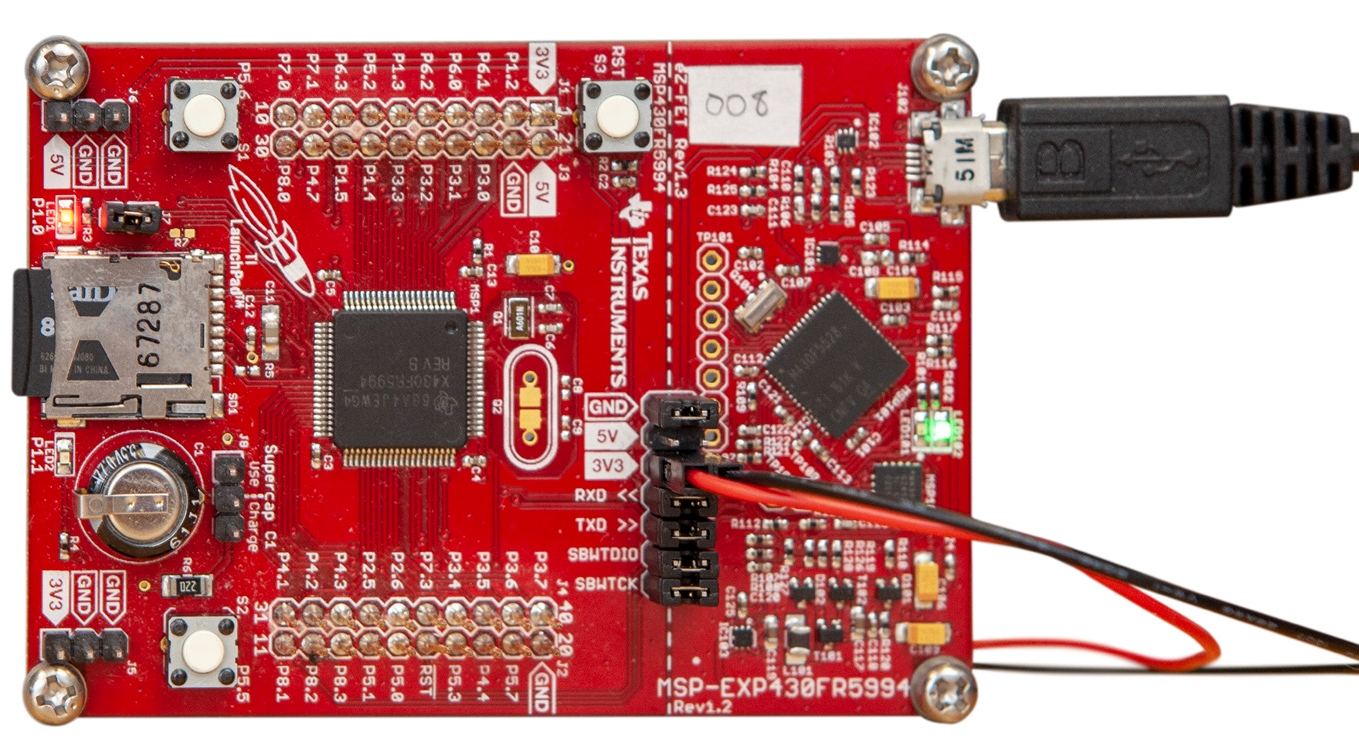Cutting the security tradeoff: Energy-starved security

Recent estimates report that by 2020, up to 50 billion devices will be connected to the internet. ECE researchers are questioning how to power all of them.
What if smaller devices could be powered by renewable energy? A solar cell, or a battery that runs on vibrations or heat? We would never have to charge our batteries again. Researchers and industry experts are increasingly looking to these instruments, called energy harvesters, to help shoulder the mounting demand for power.
But today’s small-scale energy harvesters don’t provide enough power to run complex cryptographic operations in real time. An energy harvester first has to accumulate enough energy to initiate the protocol, which hinders response times.
In short, sustainably powered miniature computers are either insecure or too slow to be useful.
“Neither of these is acceptable,” says Patrick Schaumont, who, along with fellow ECE professor Dong Ha, received a $850,000 National Science Foundation grant to maintain information security in the energy-starved operating environment of embedded connected devices.
Inconsistent power sources
Collecting renewable energy means dealing with an inconsistent or intermittent power source. The sun sets. The engine turns off and cools down. The person stops walking.
To optimize cryptographic algorithms and protocols in the face of unreliable power supplies, Schaumont and his team are developing techniques to generate and securely store “coupons”—tiny pre-computed packets that hold the results from cryptographic algorithms.
When the energy harvesters have a little extra energy at the end of a long car ride or a sunny day, that energy is funneled into the prep work of coupon generation, which speeds up online encryption and computation as new data comes in.


